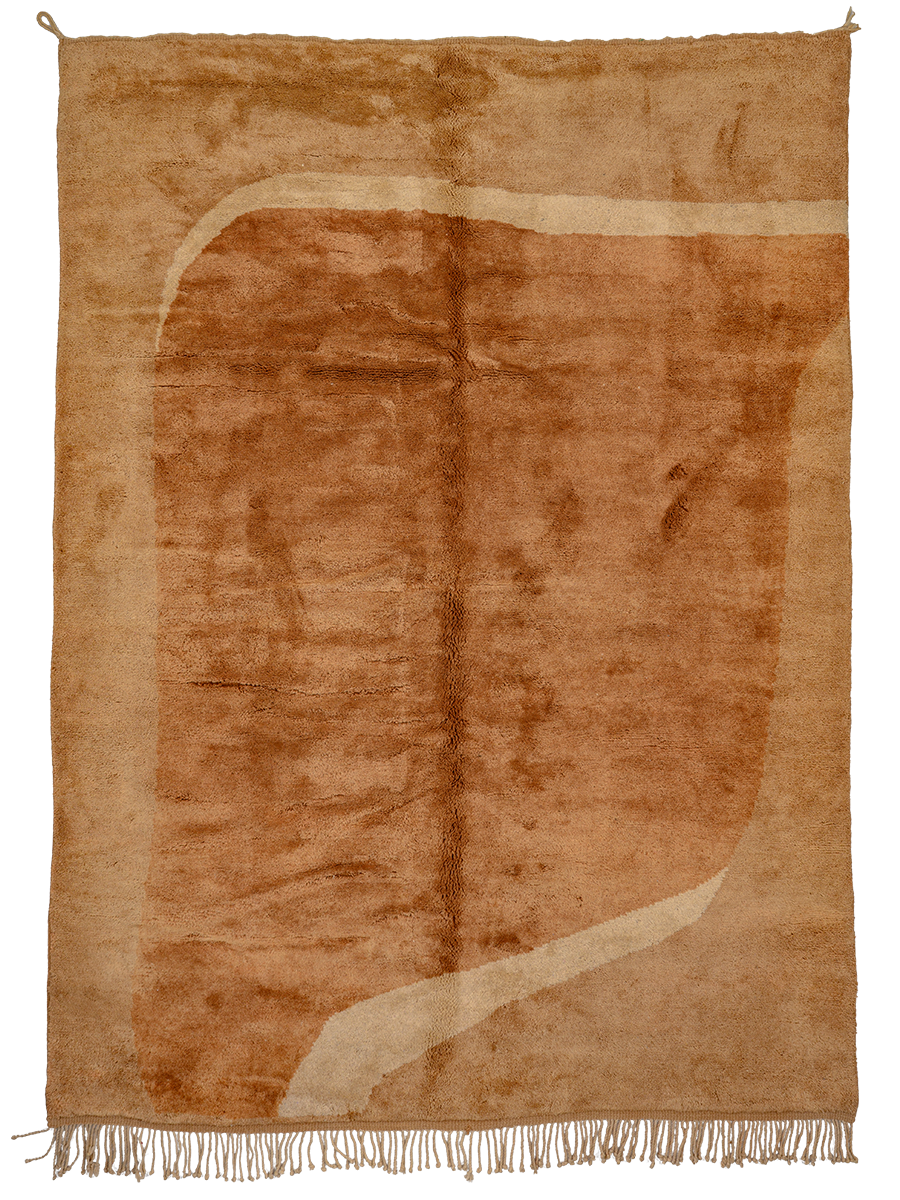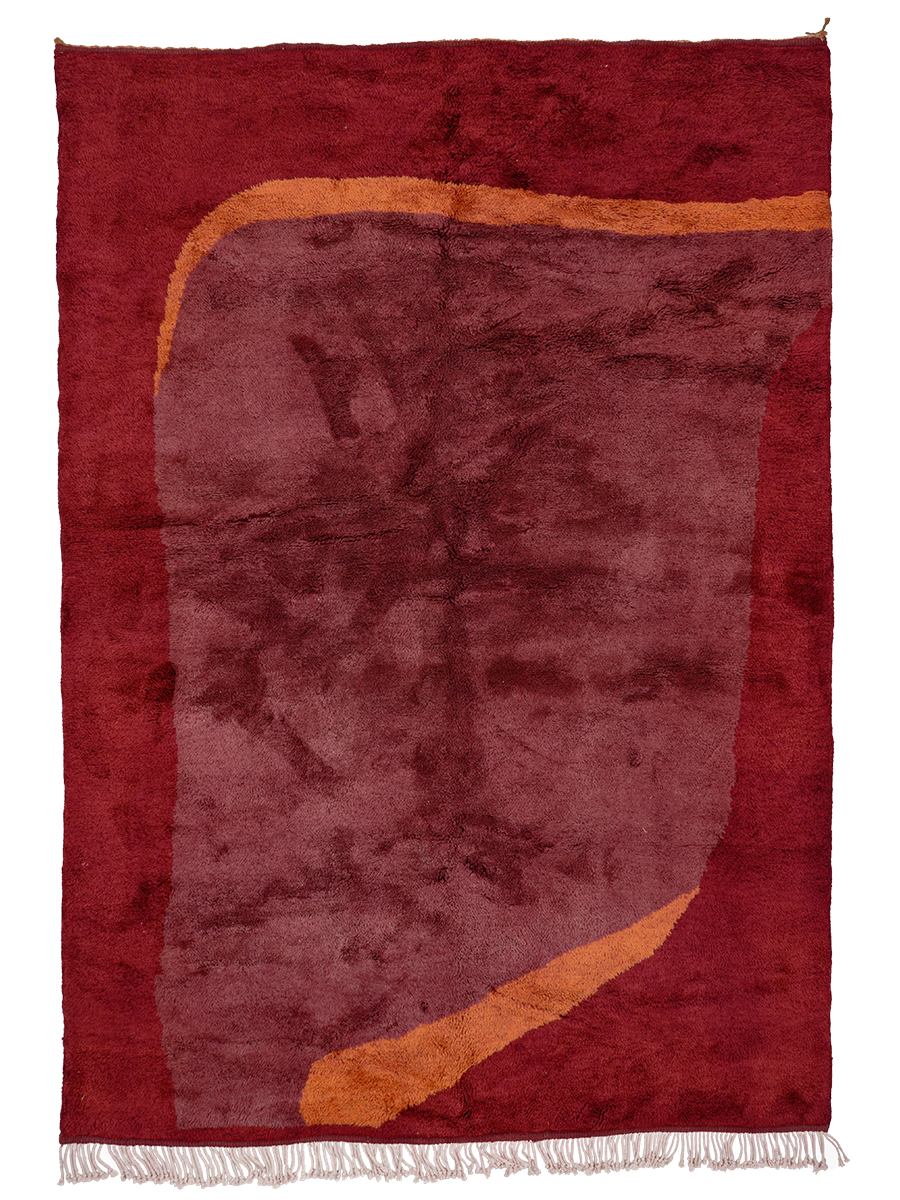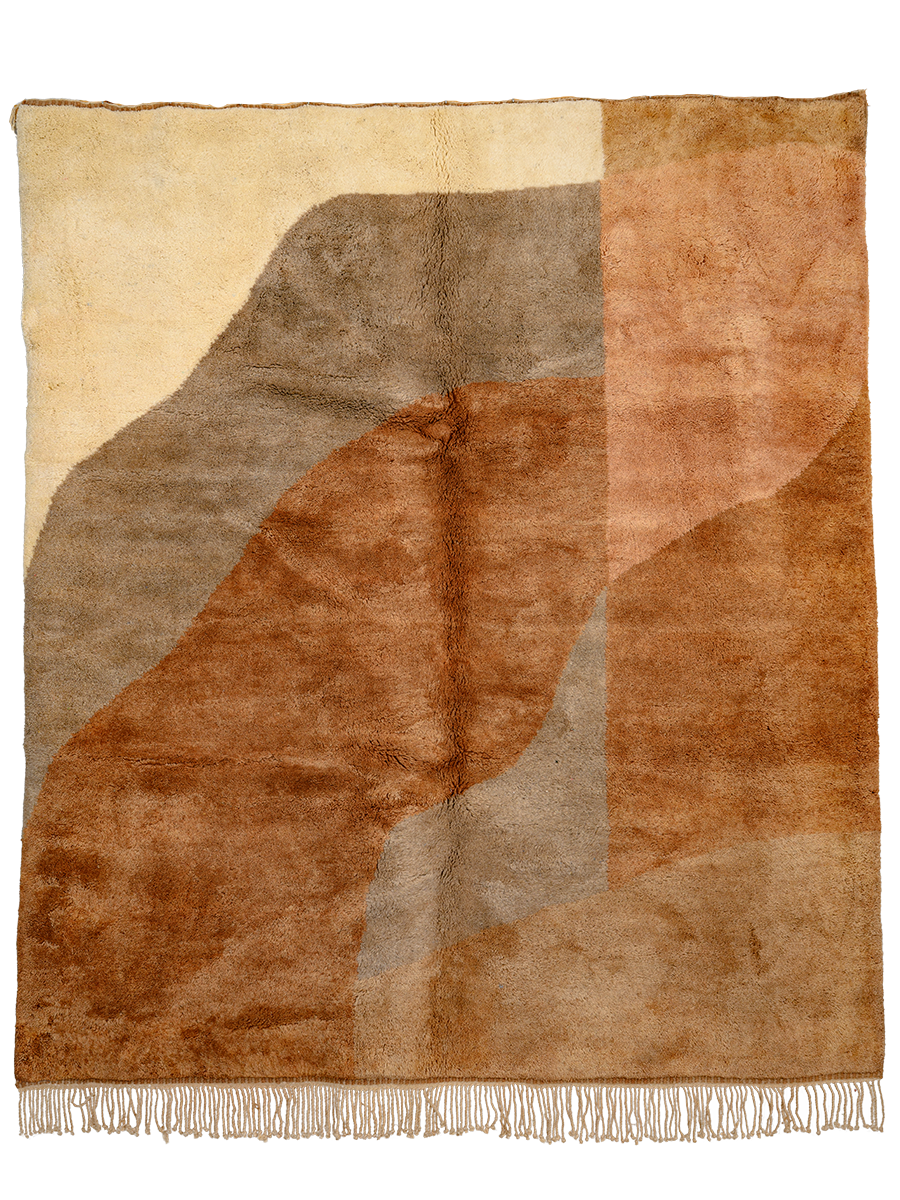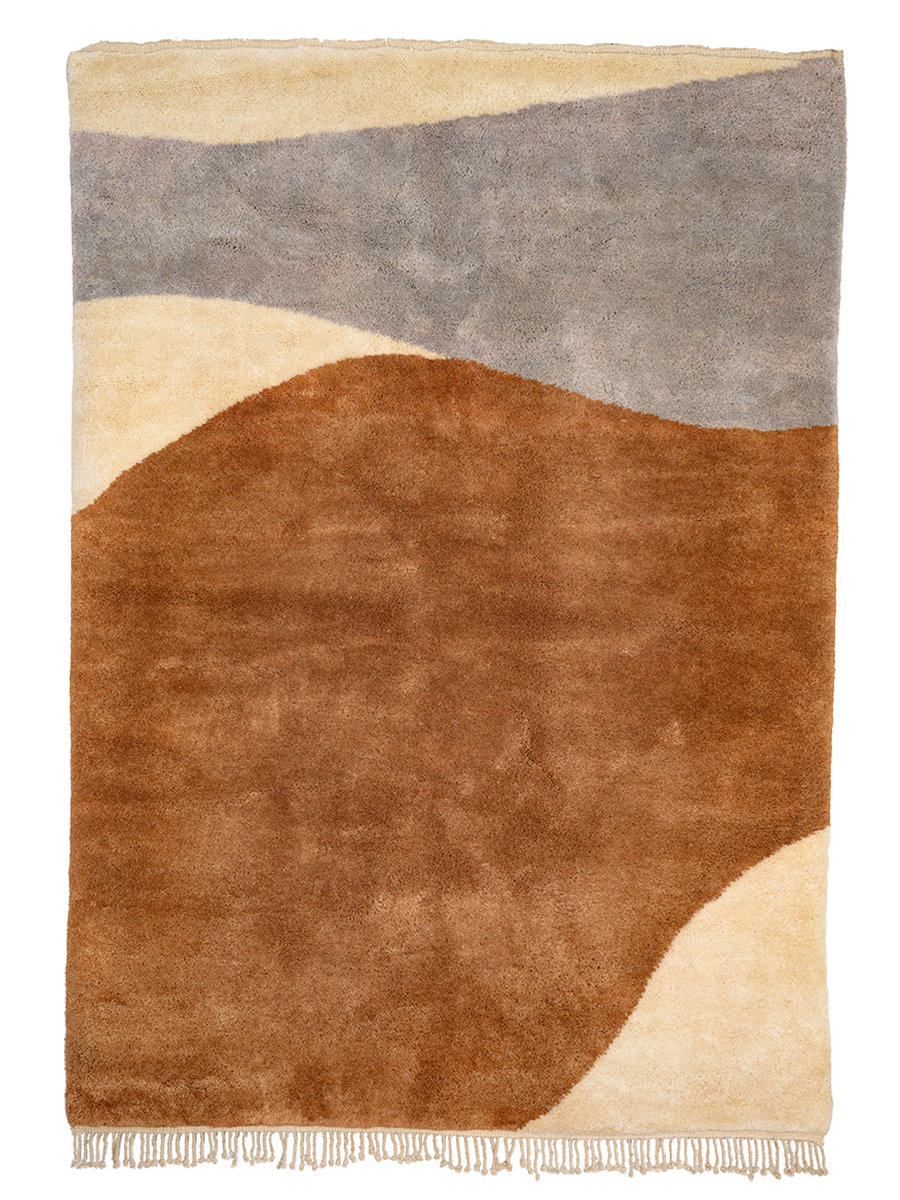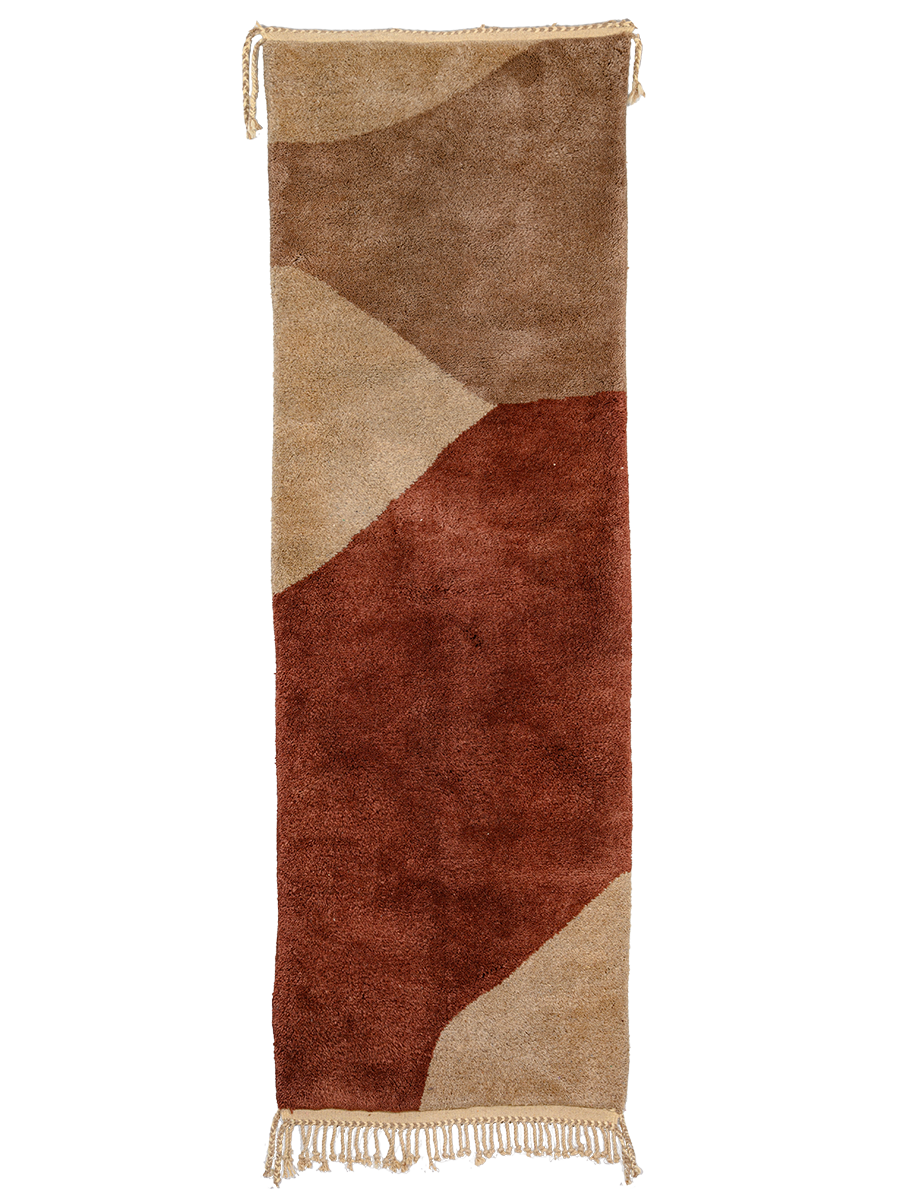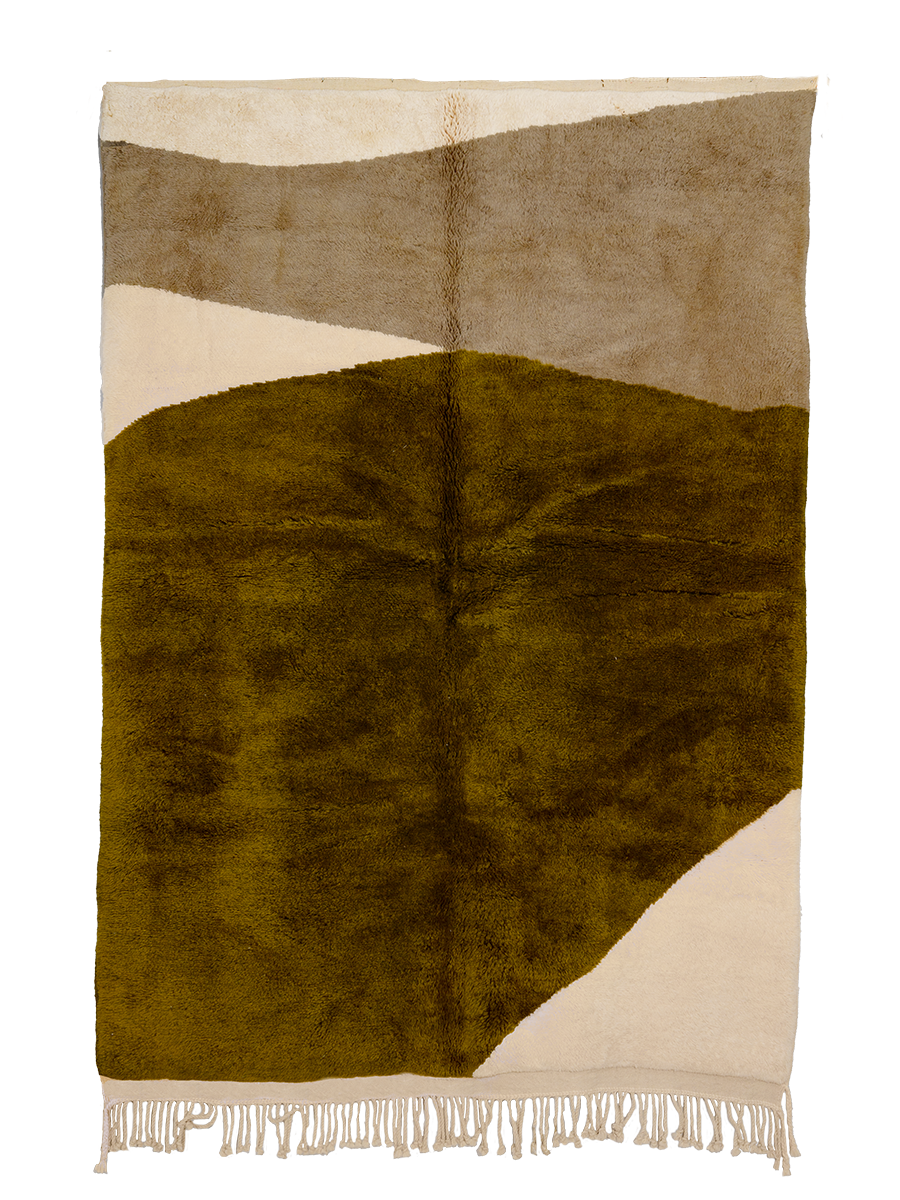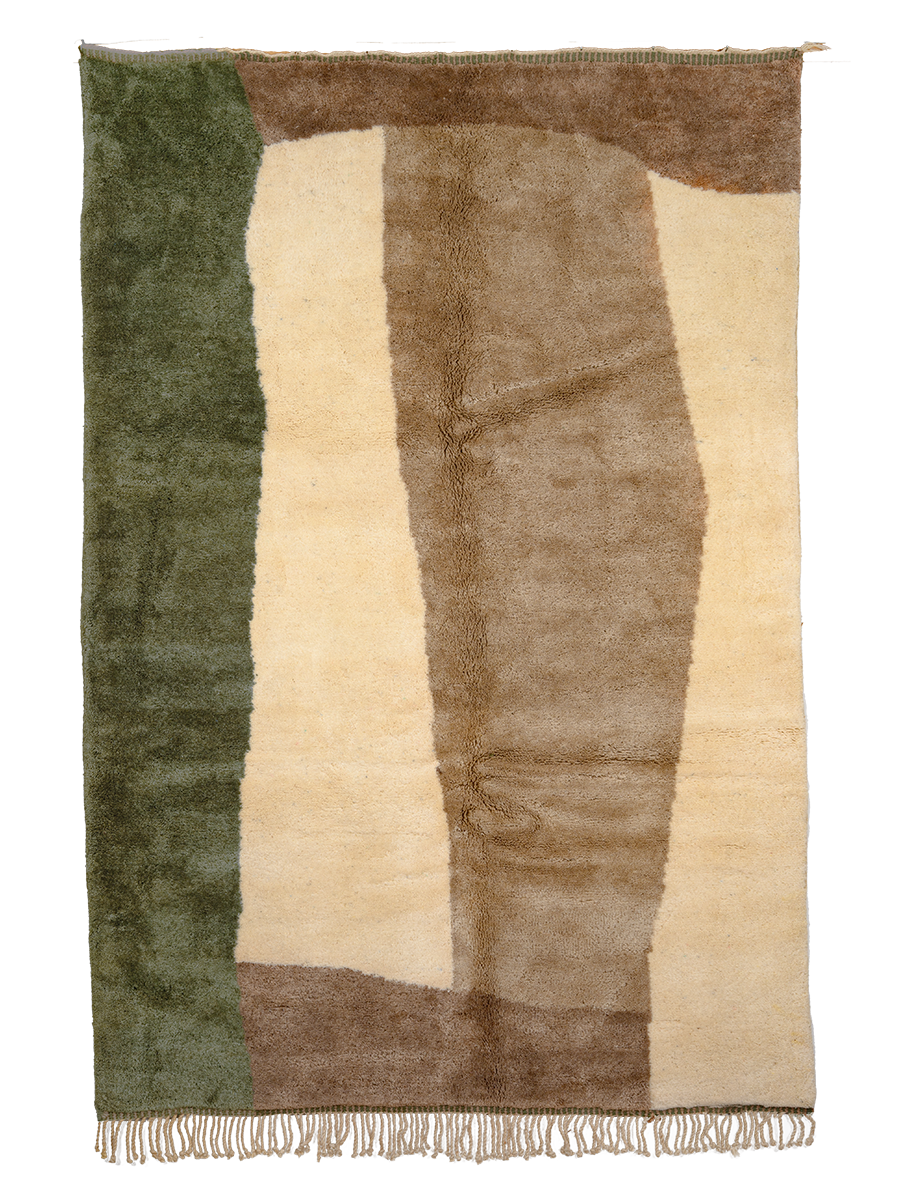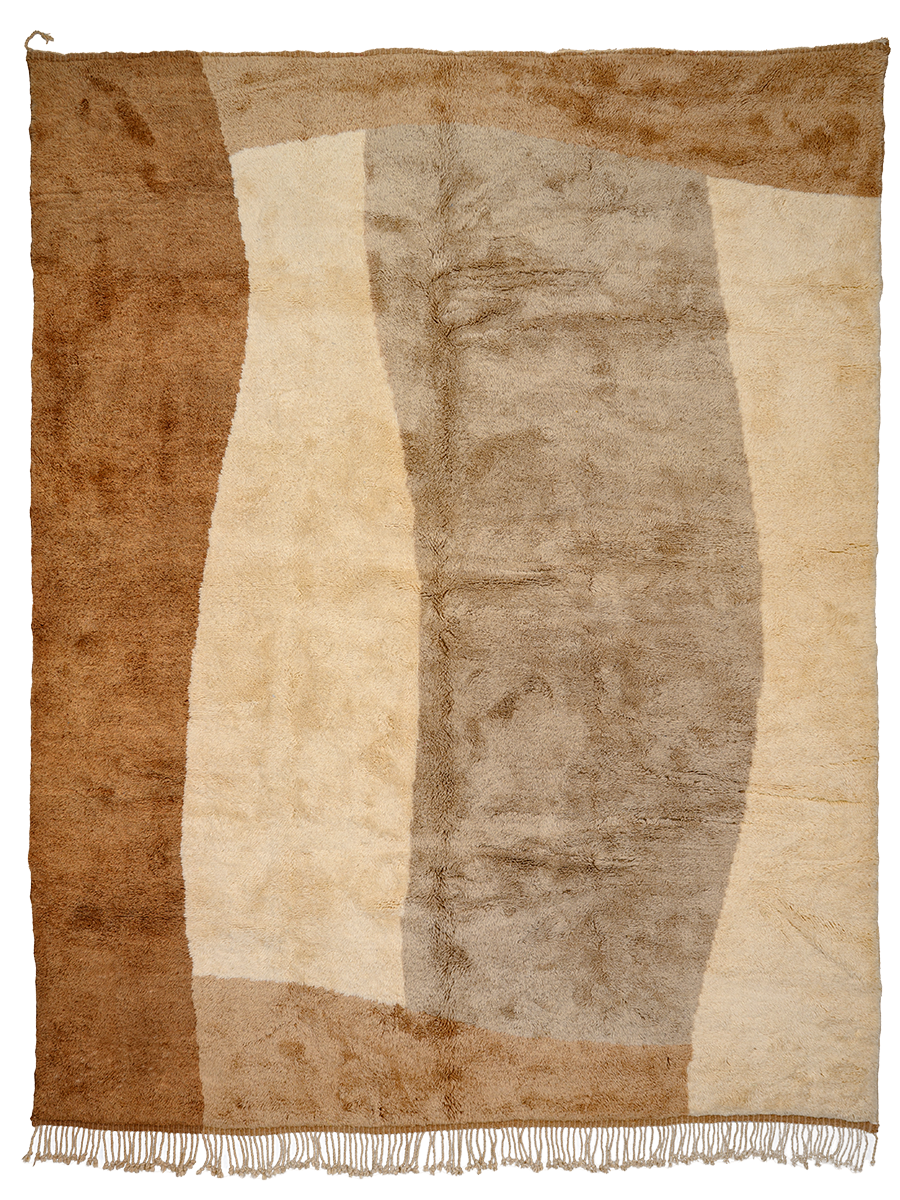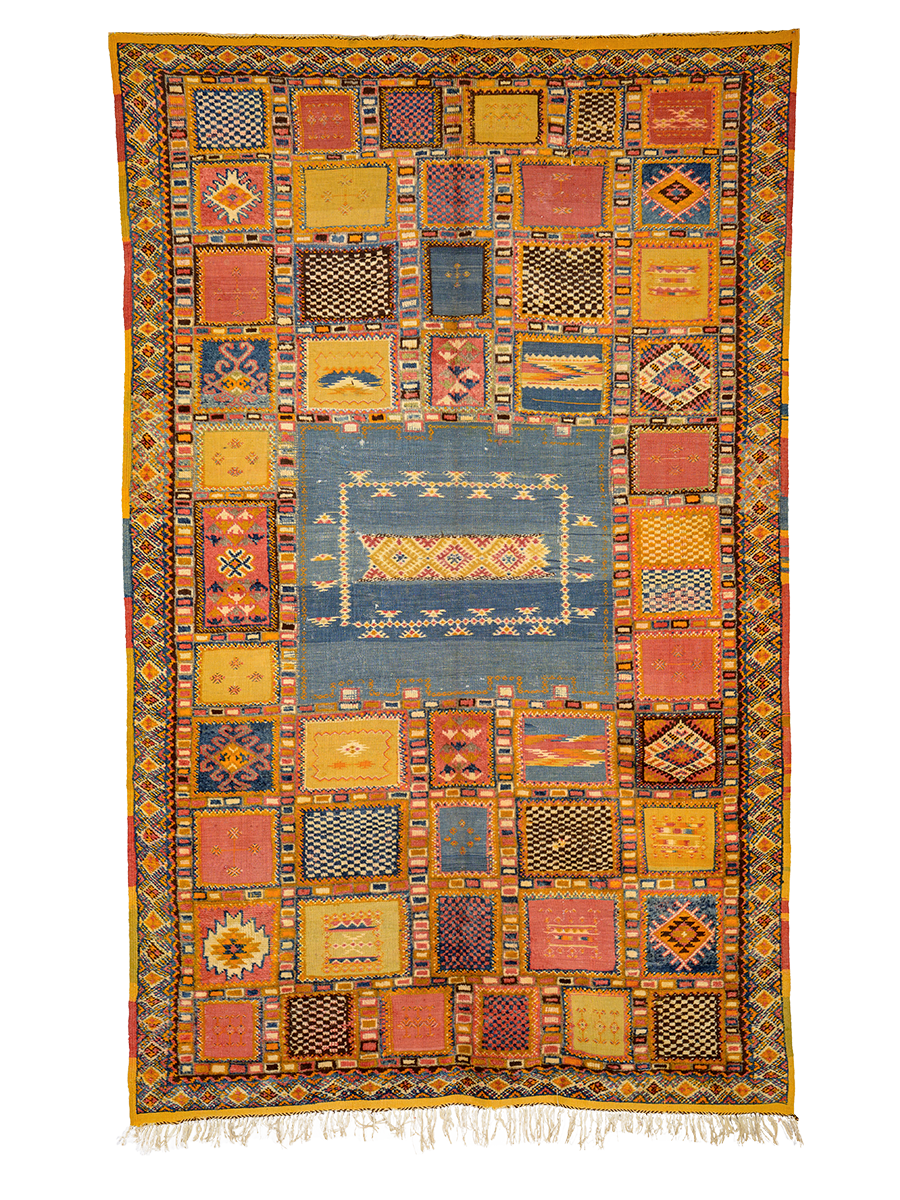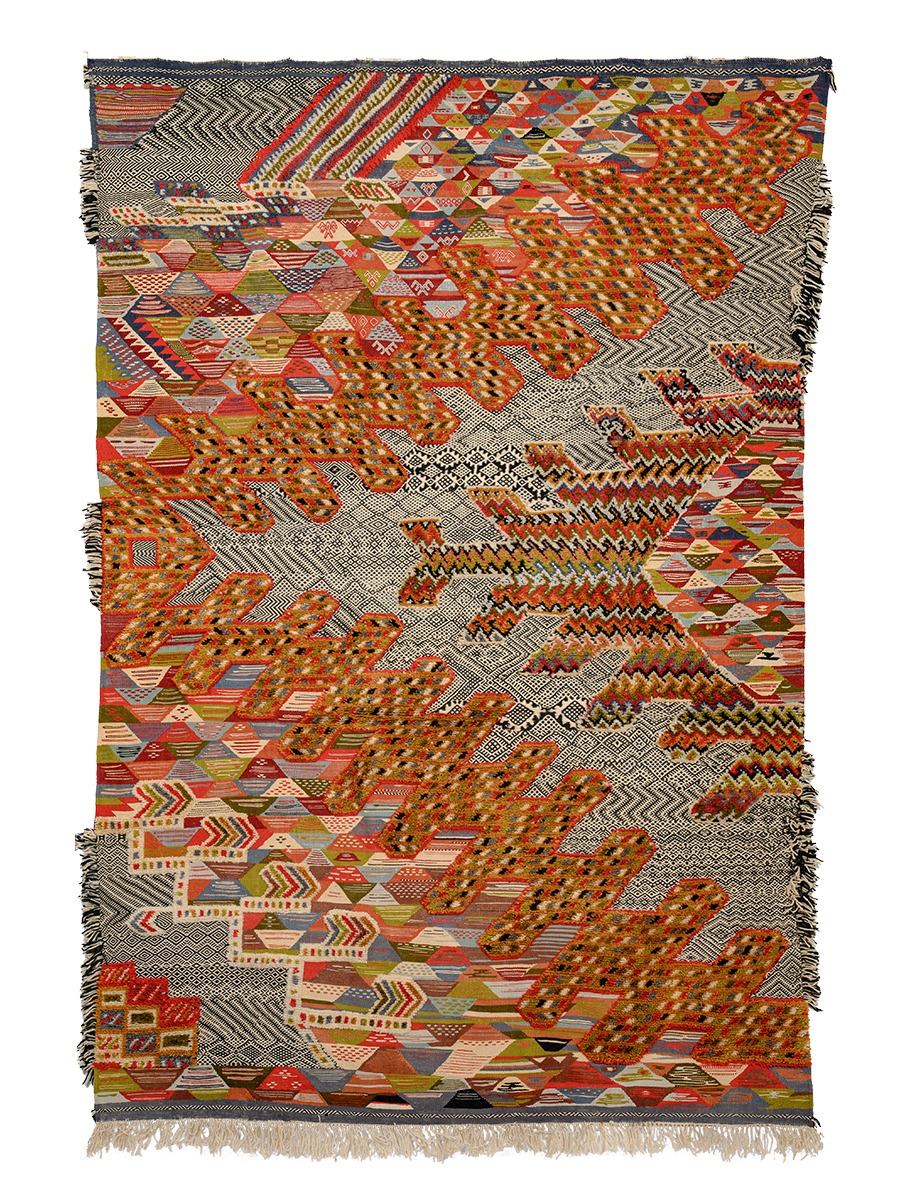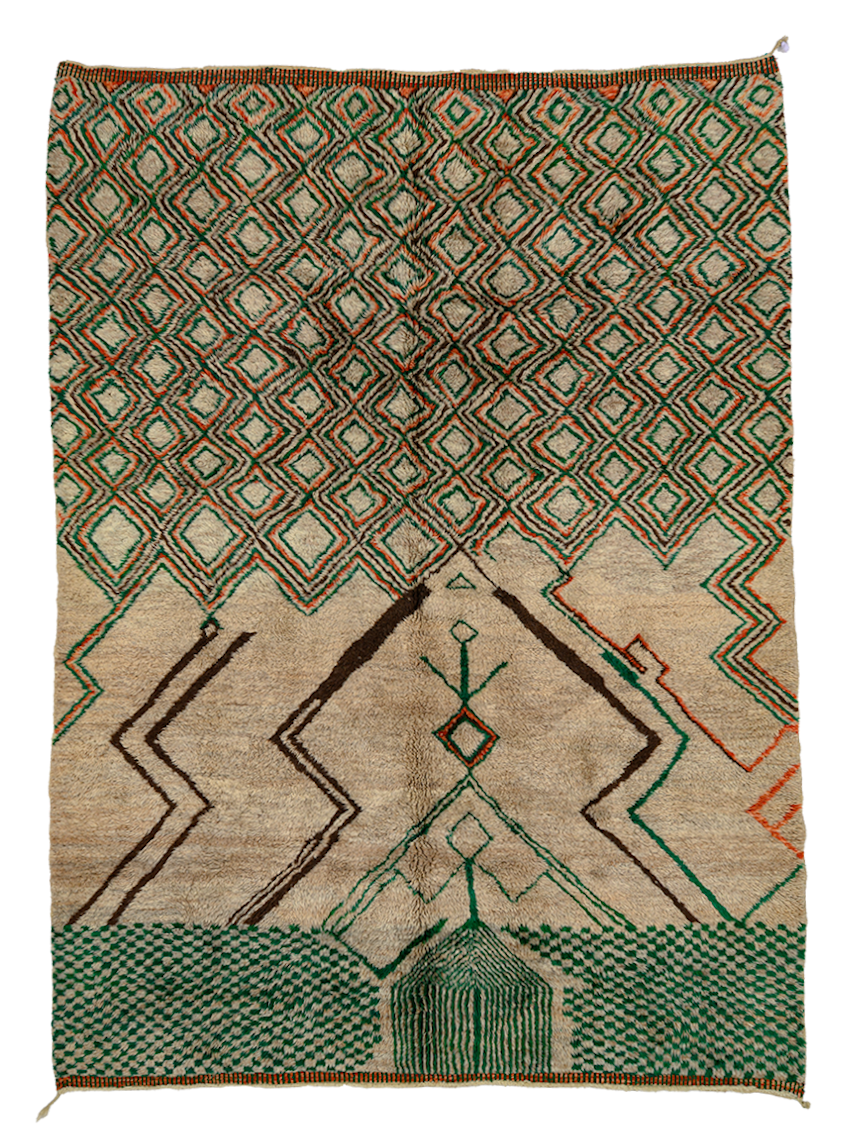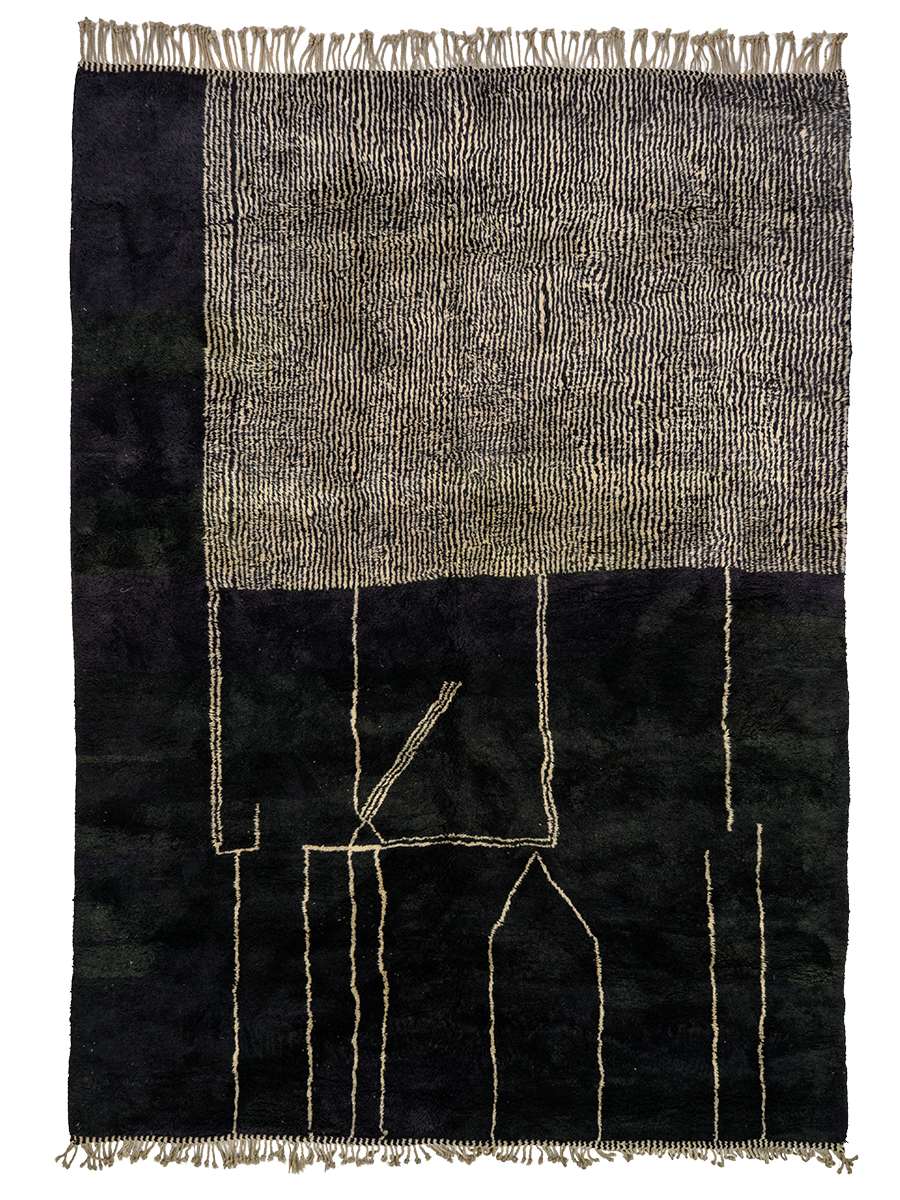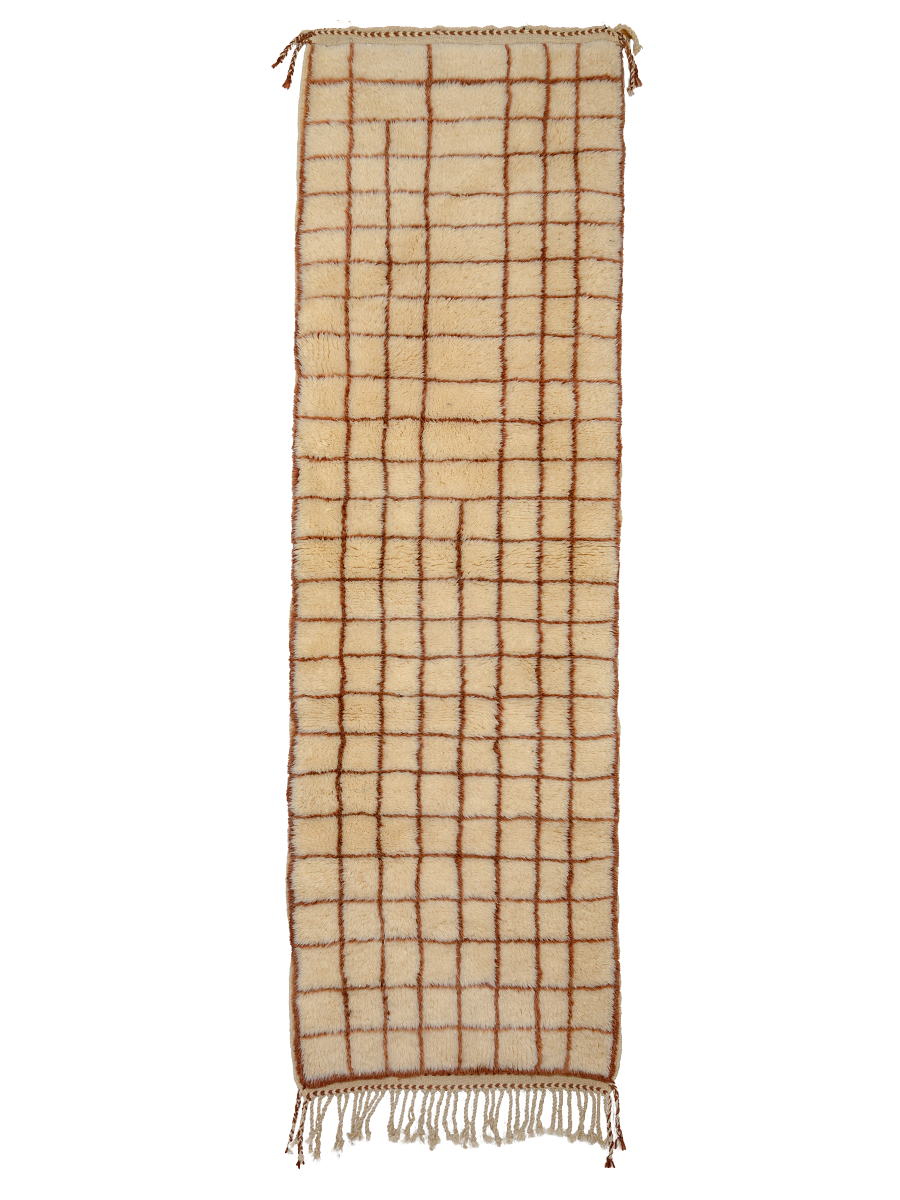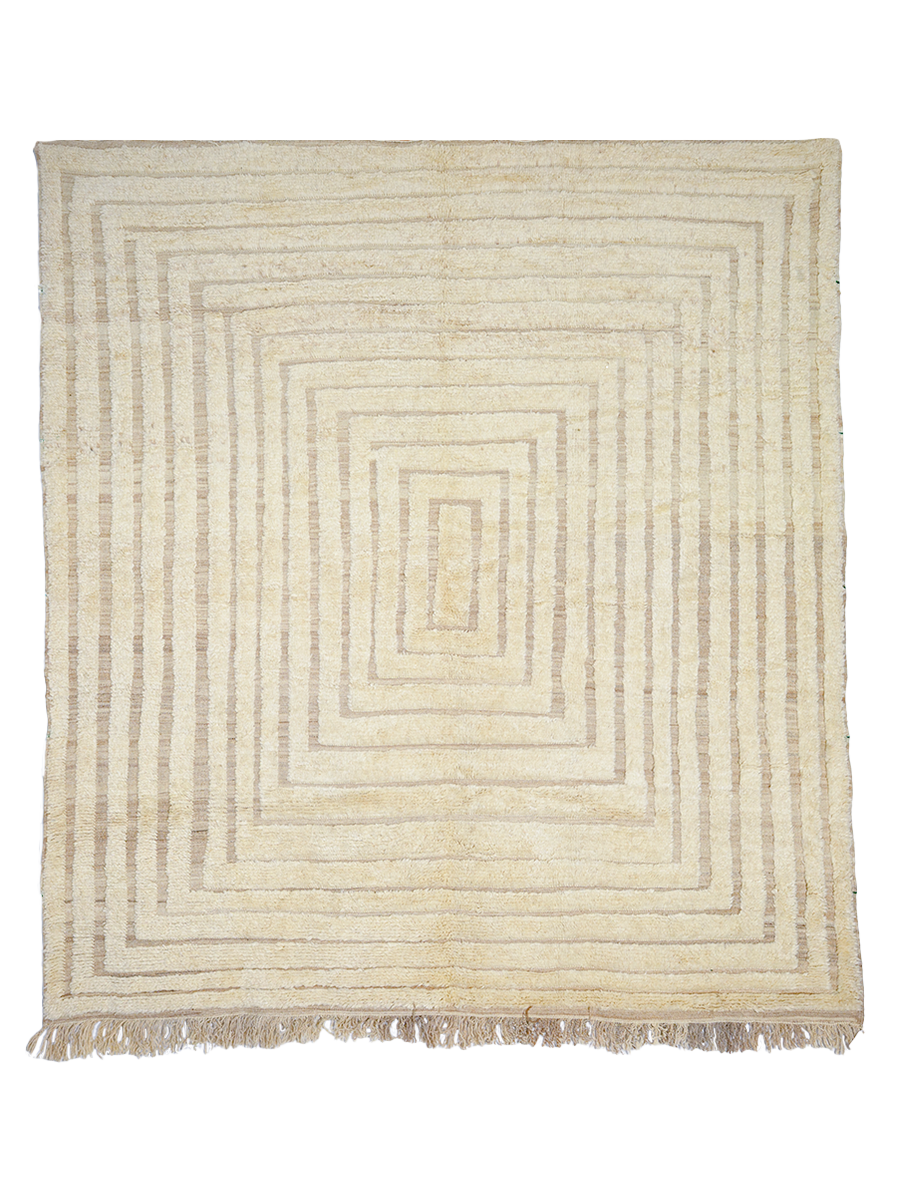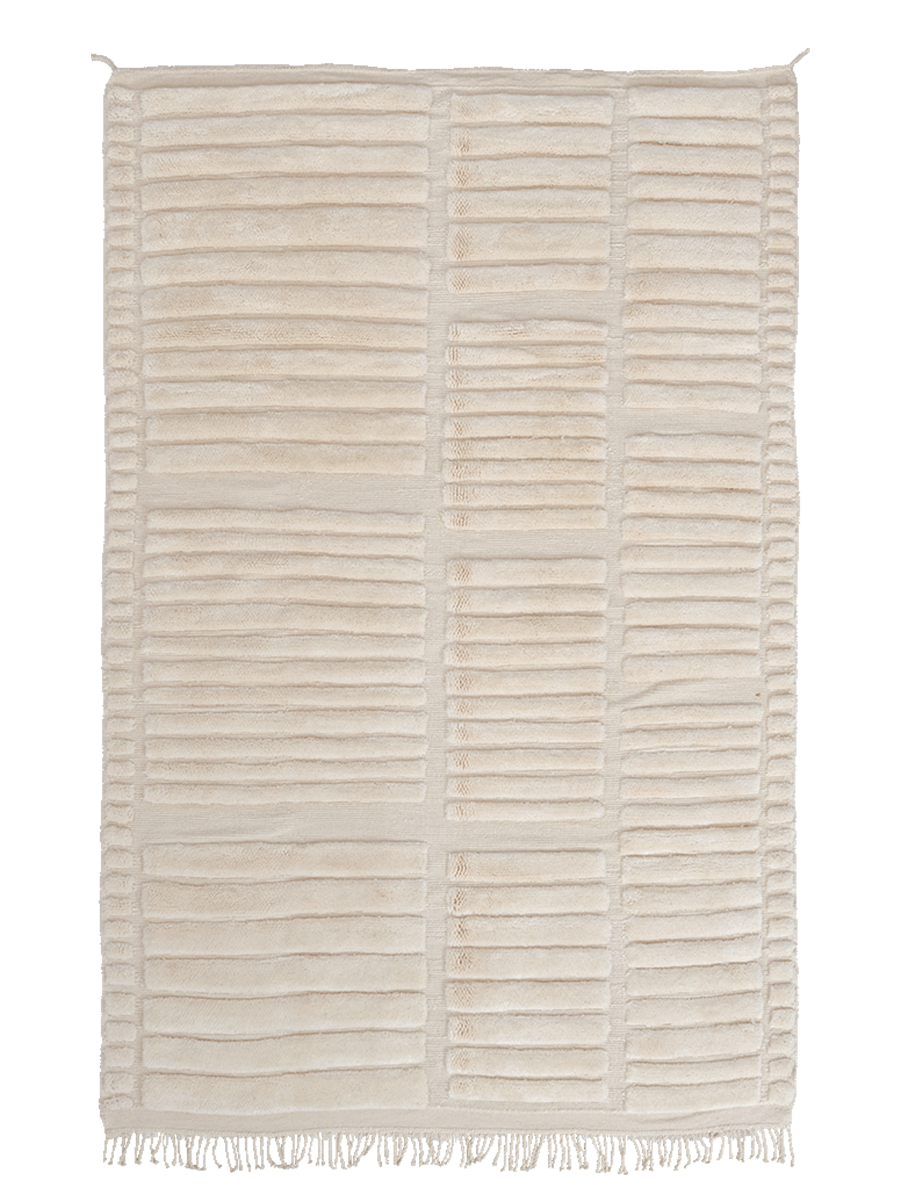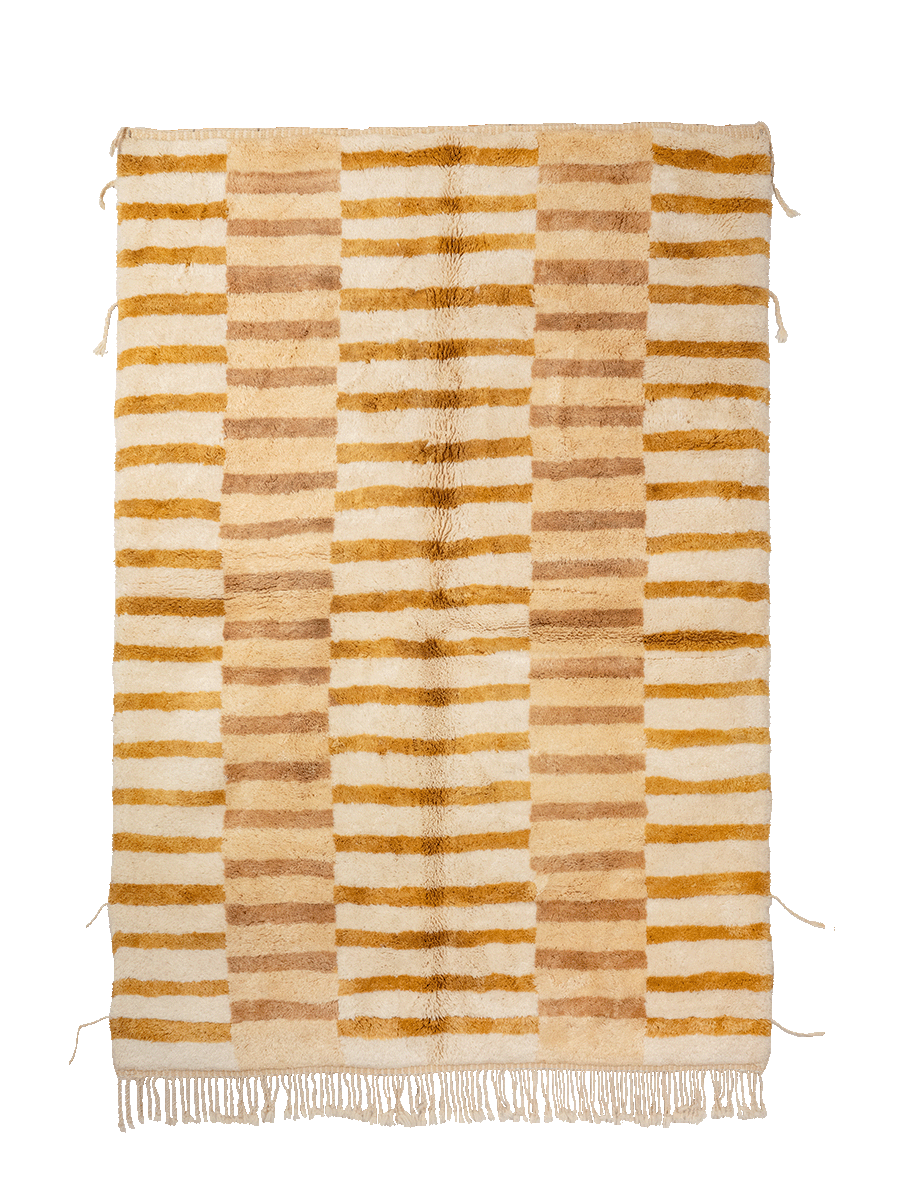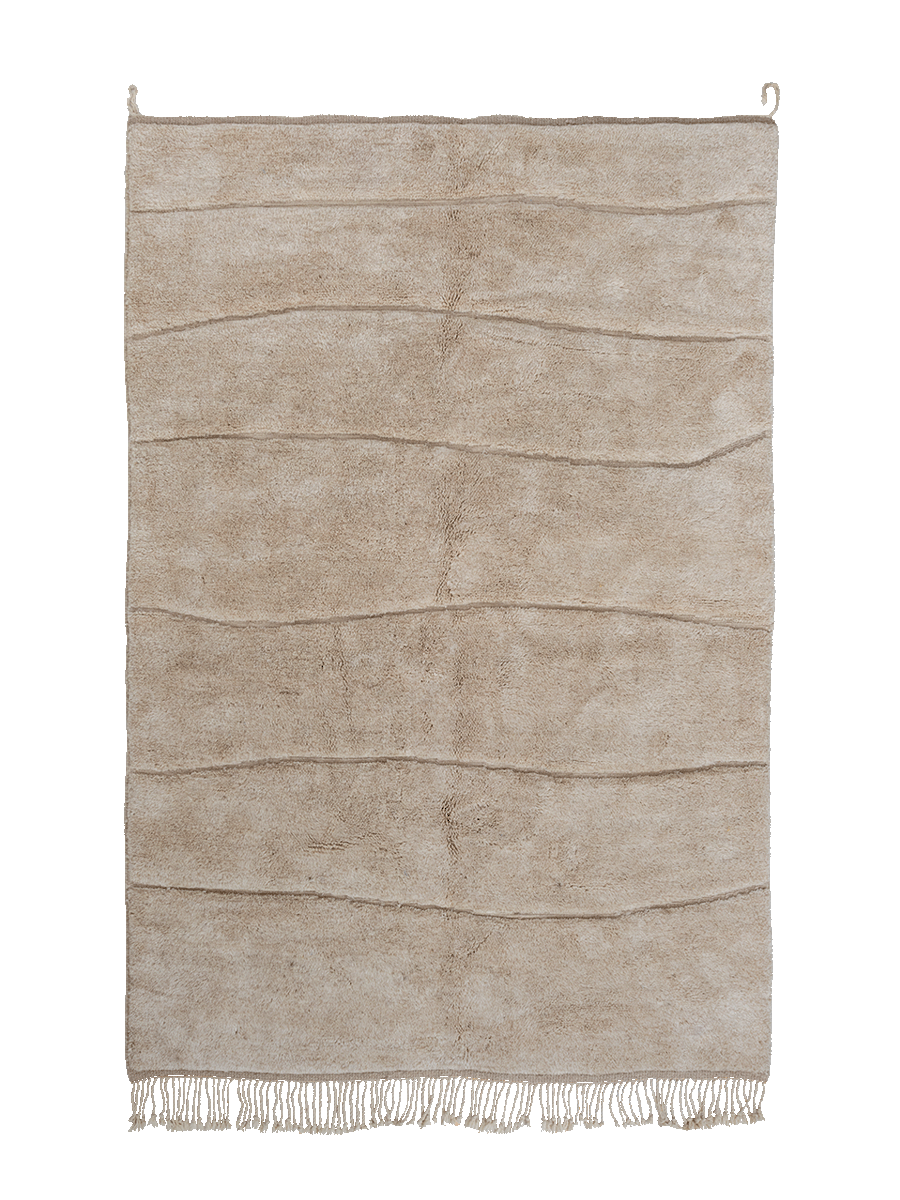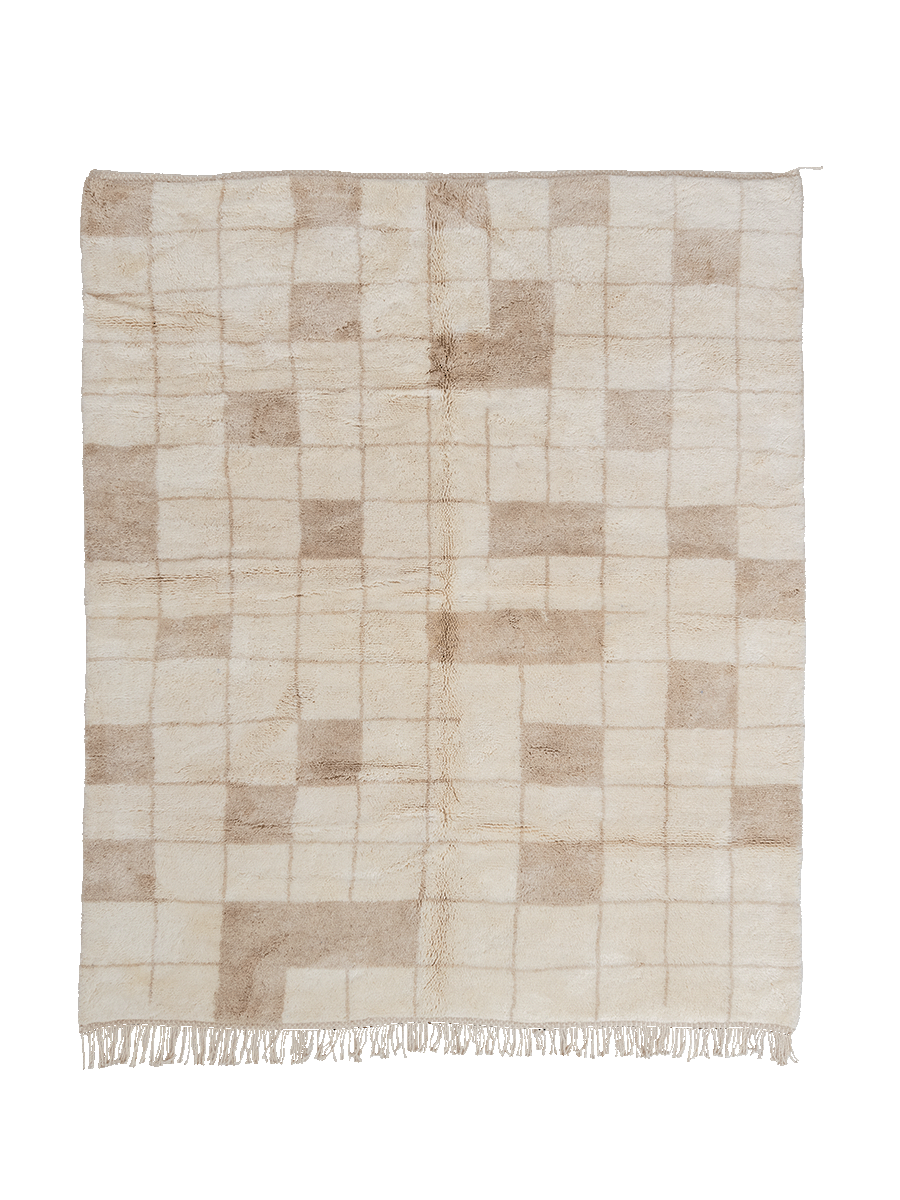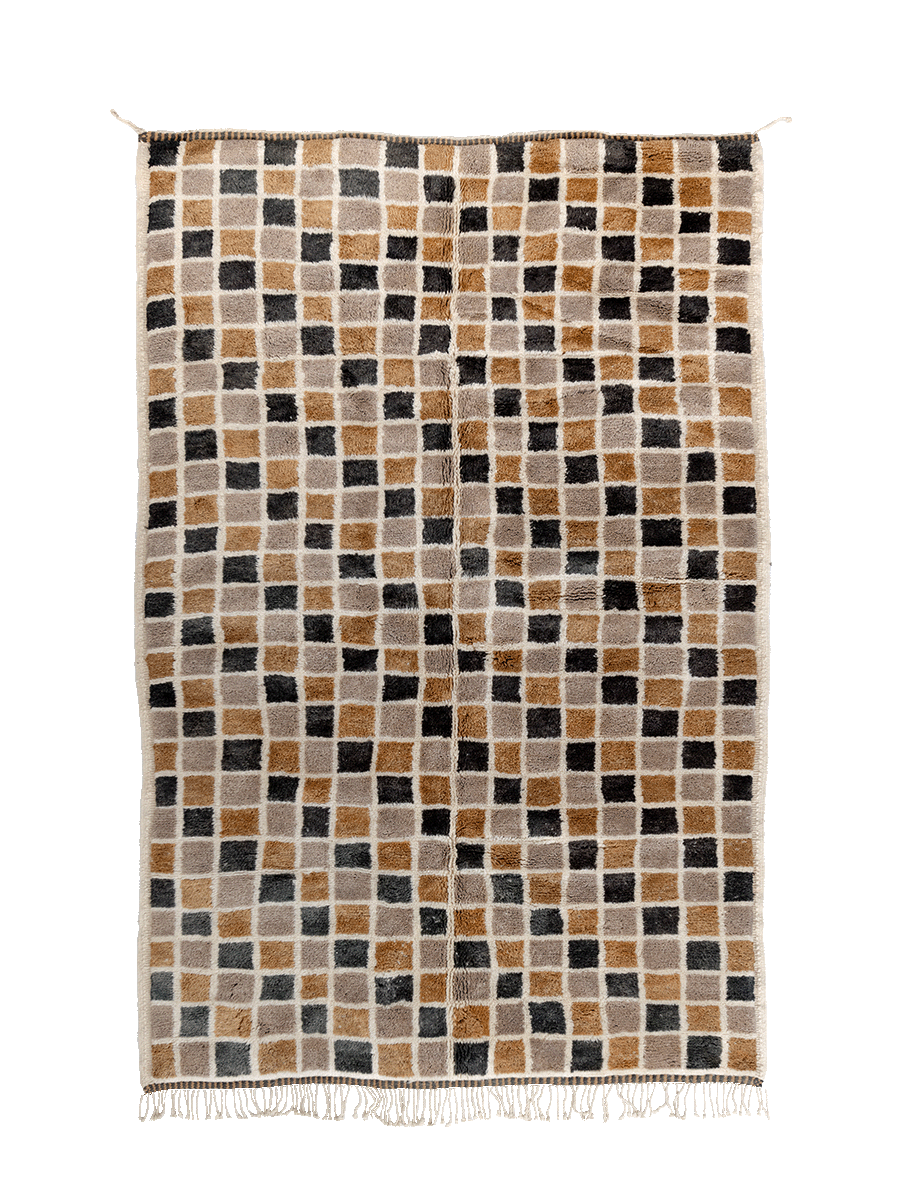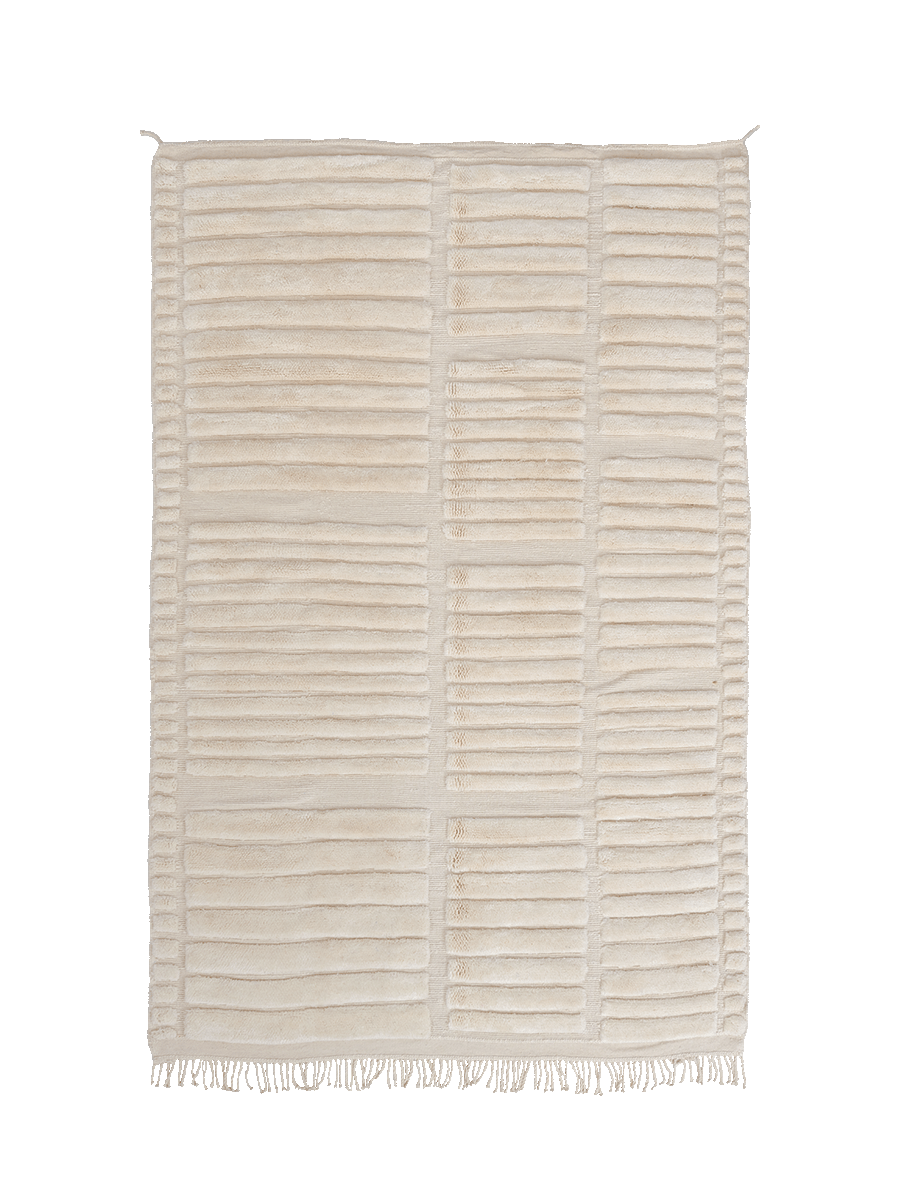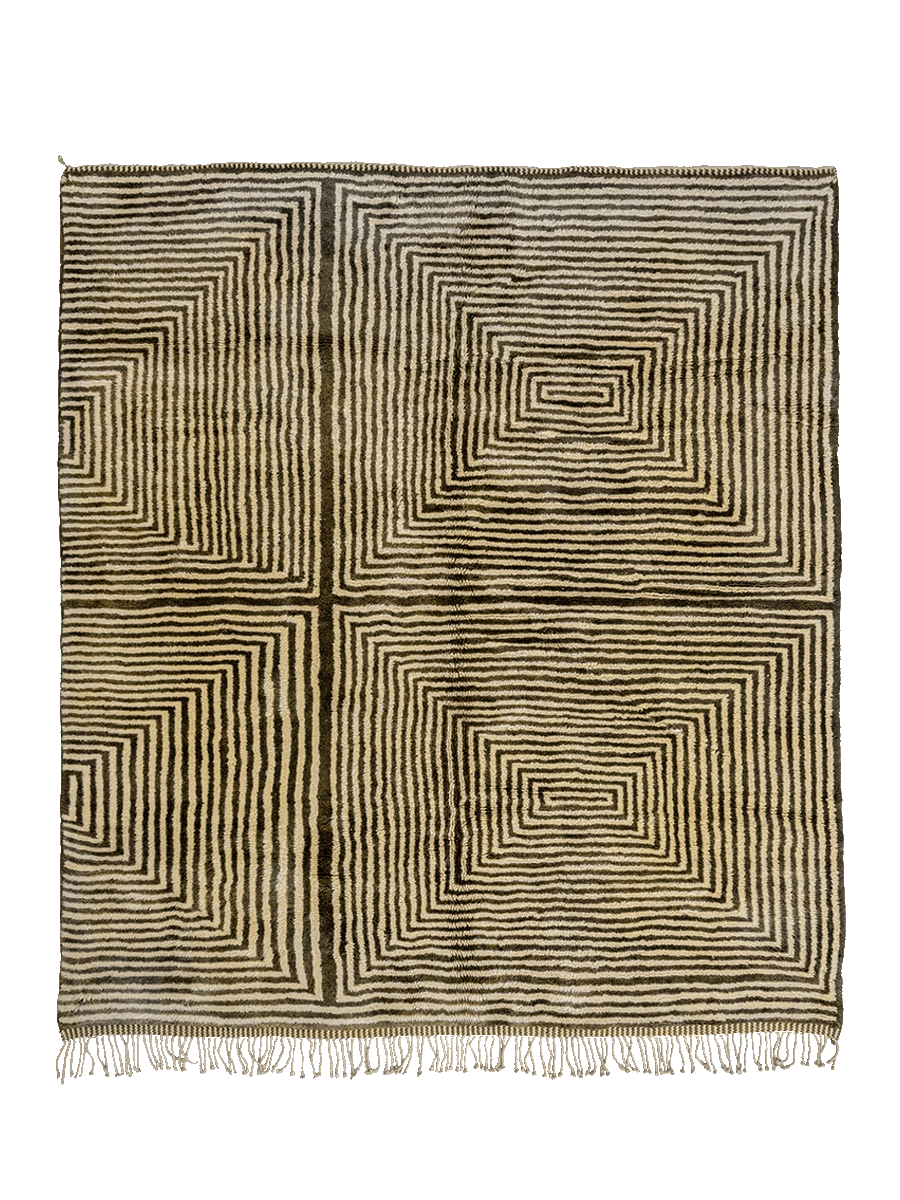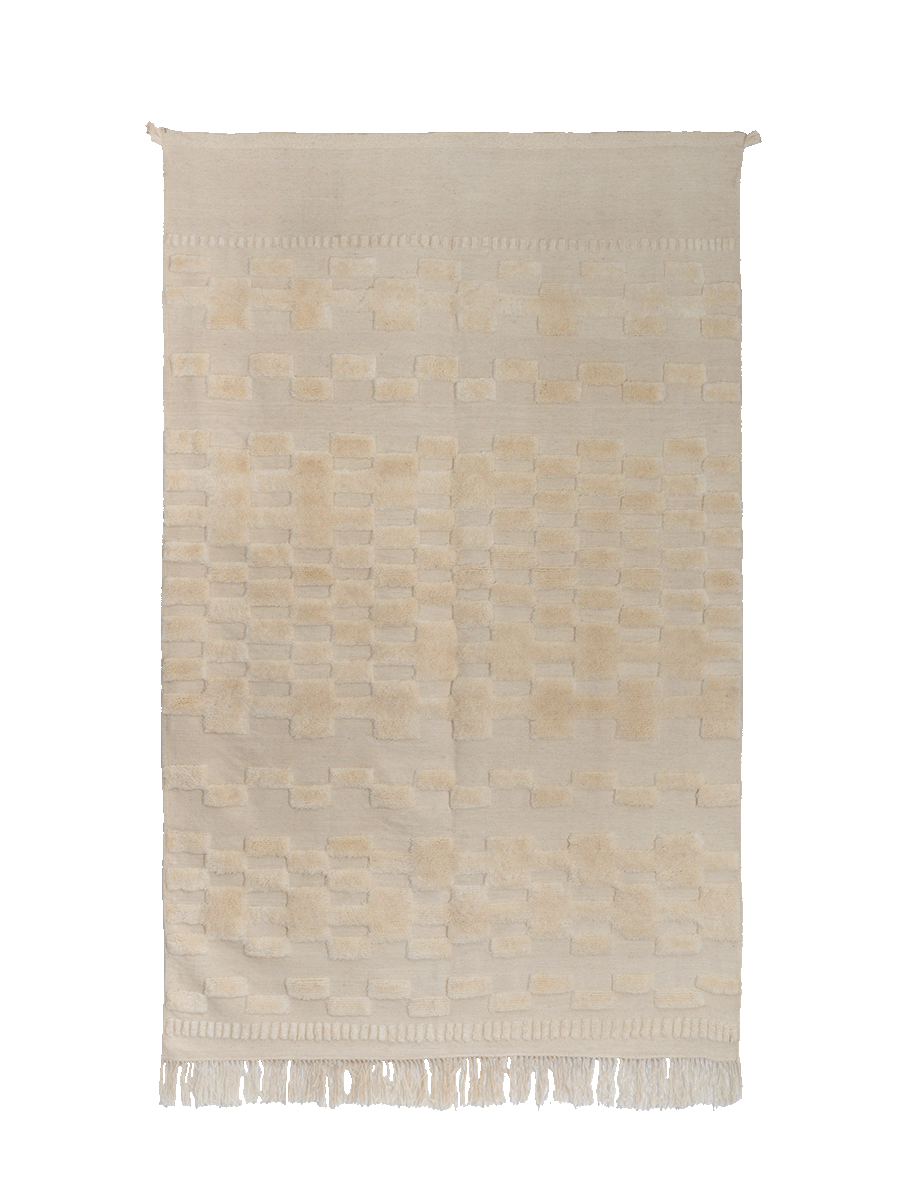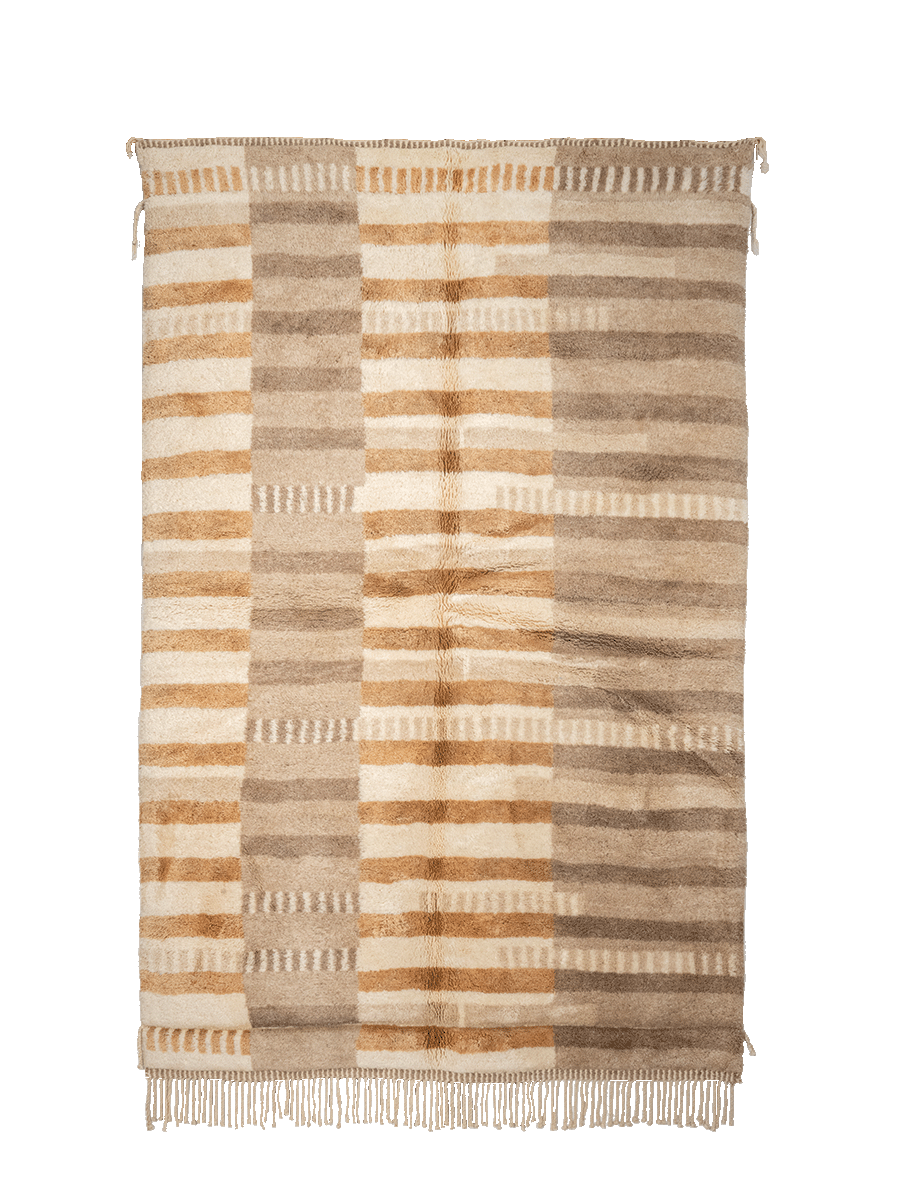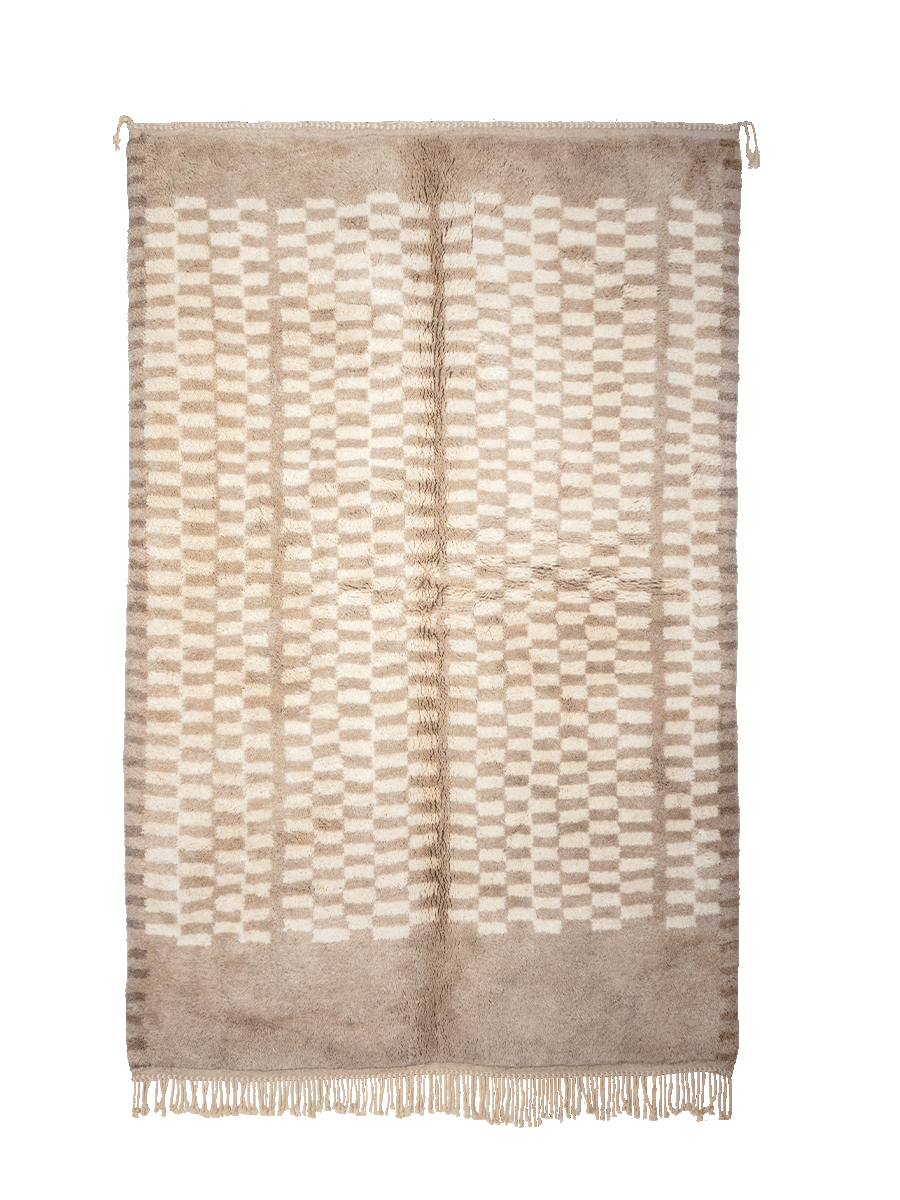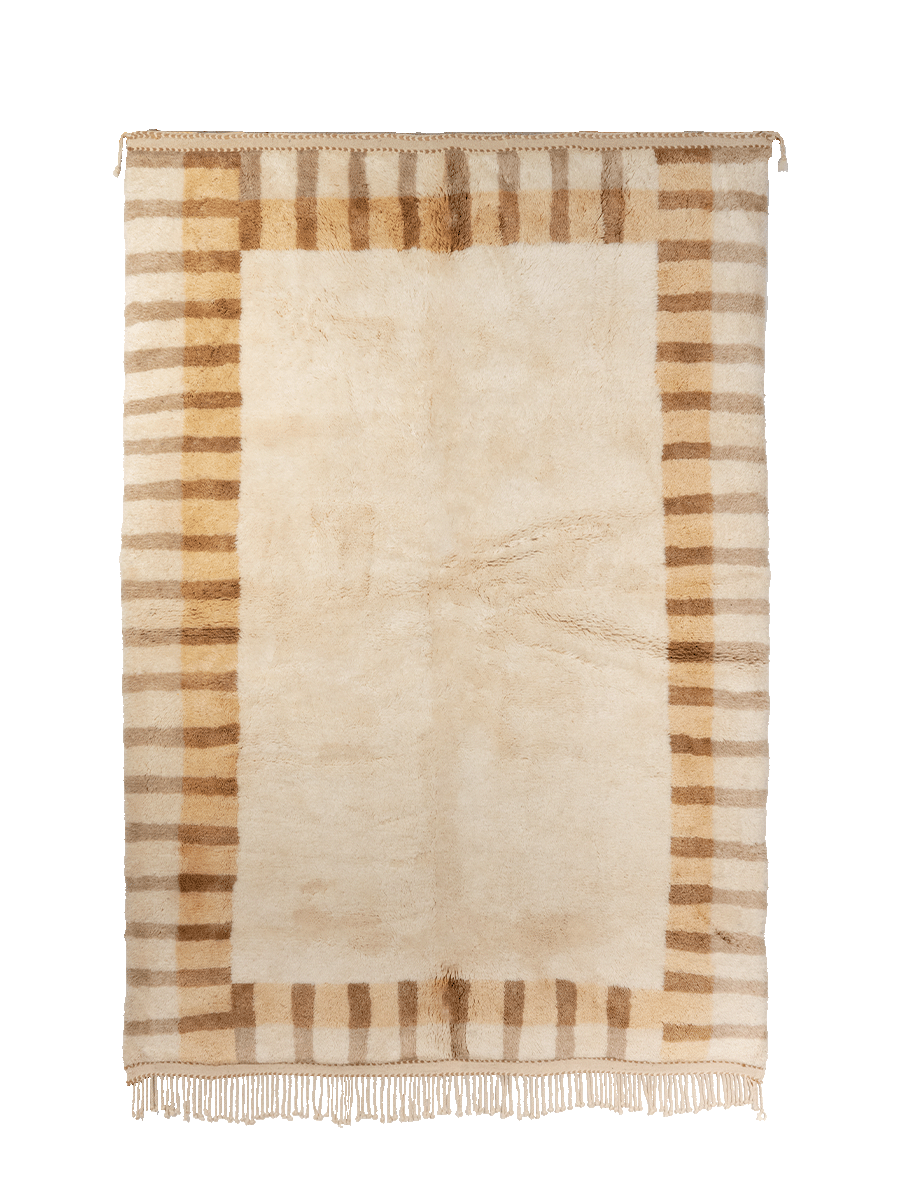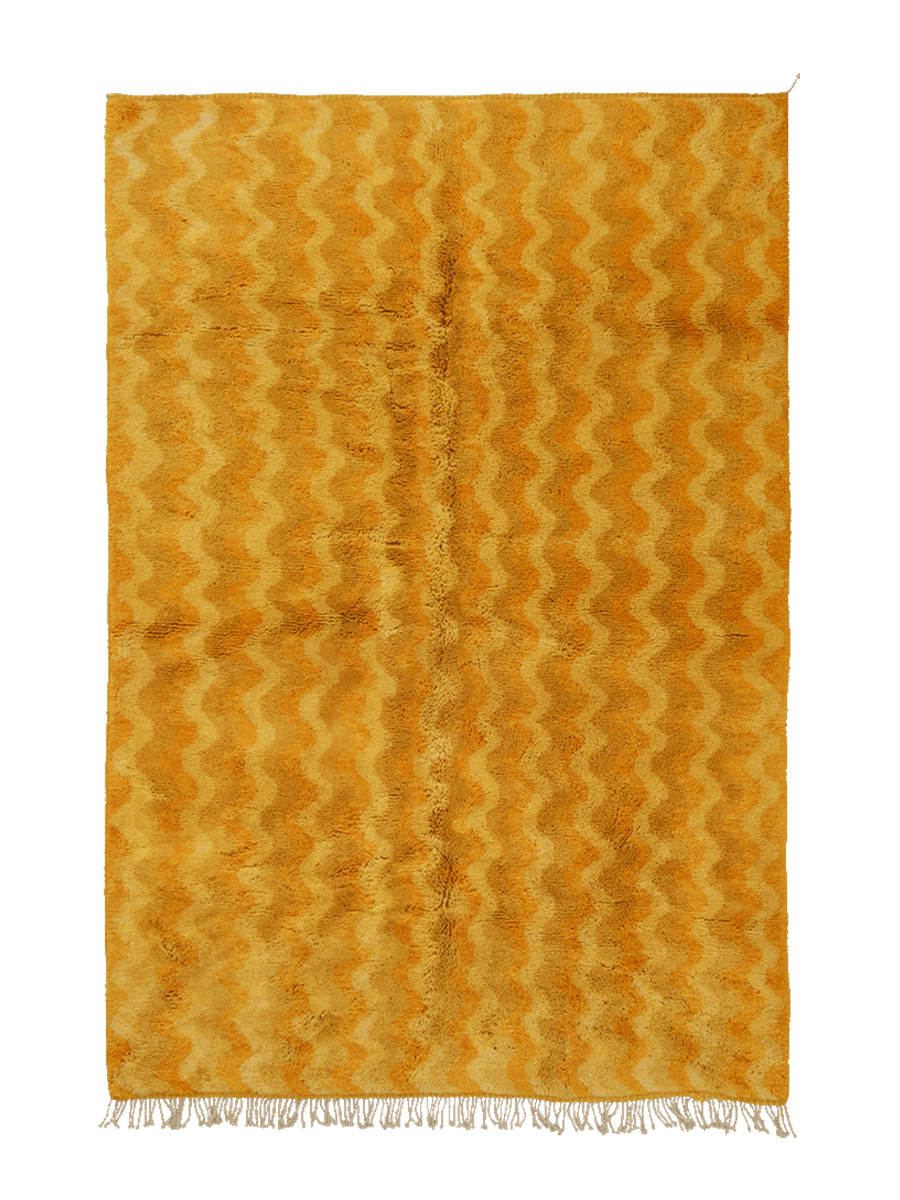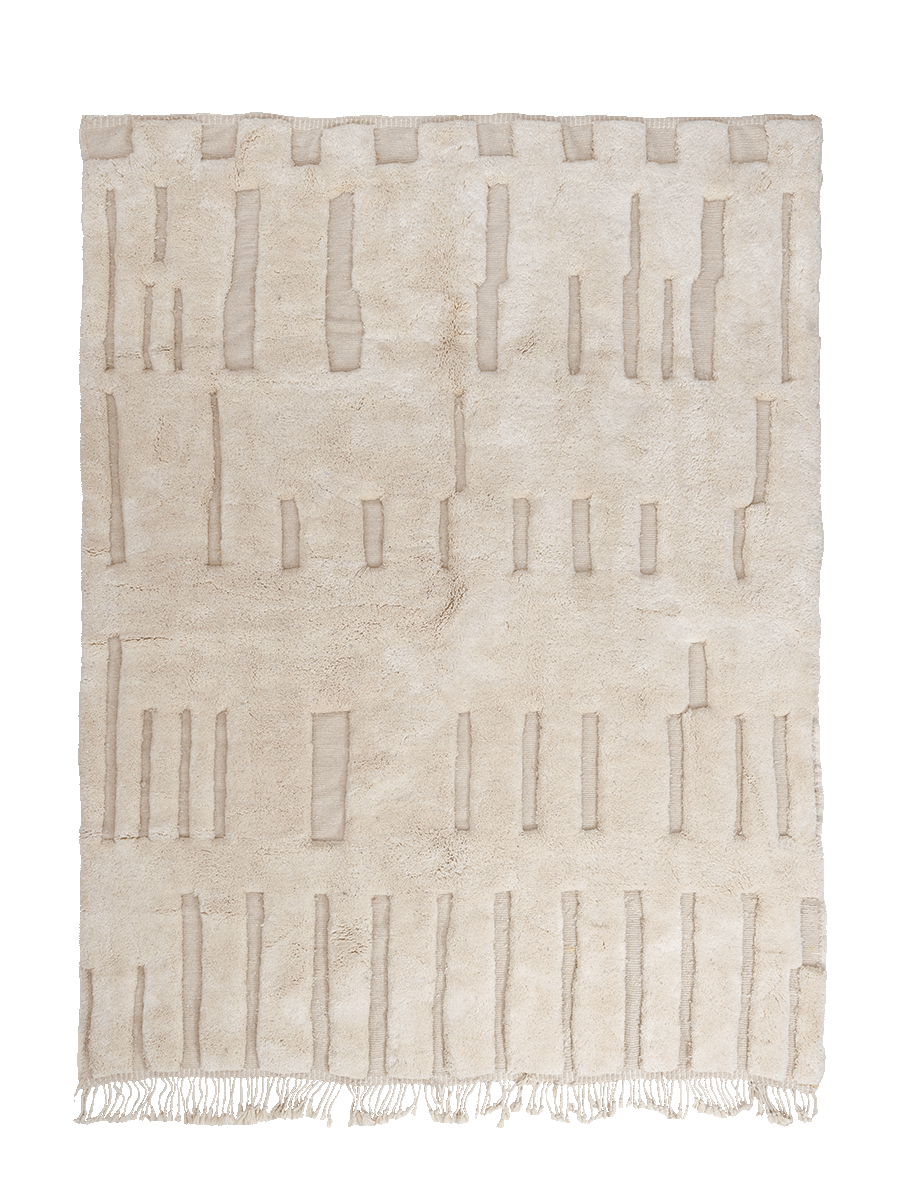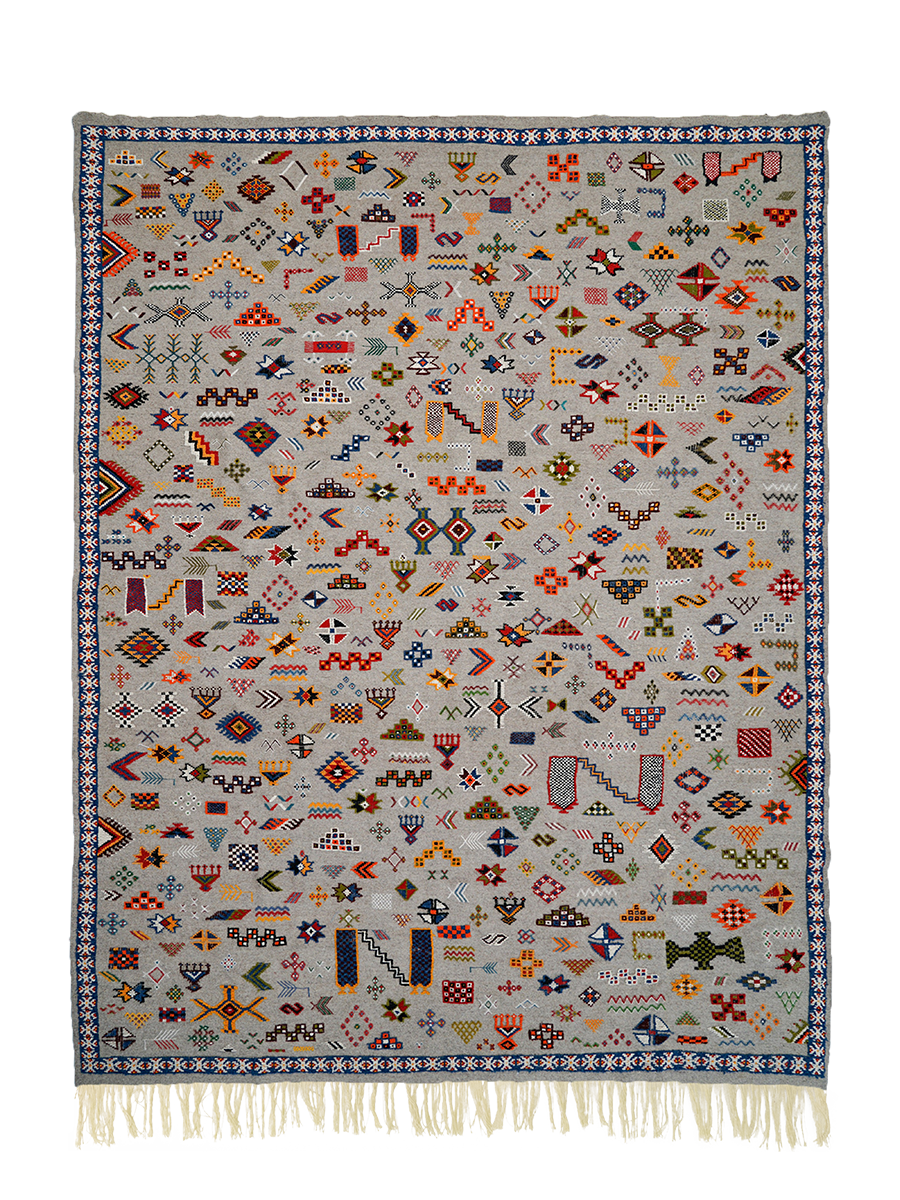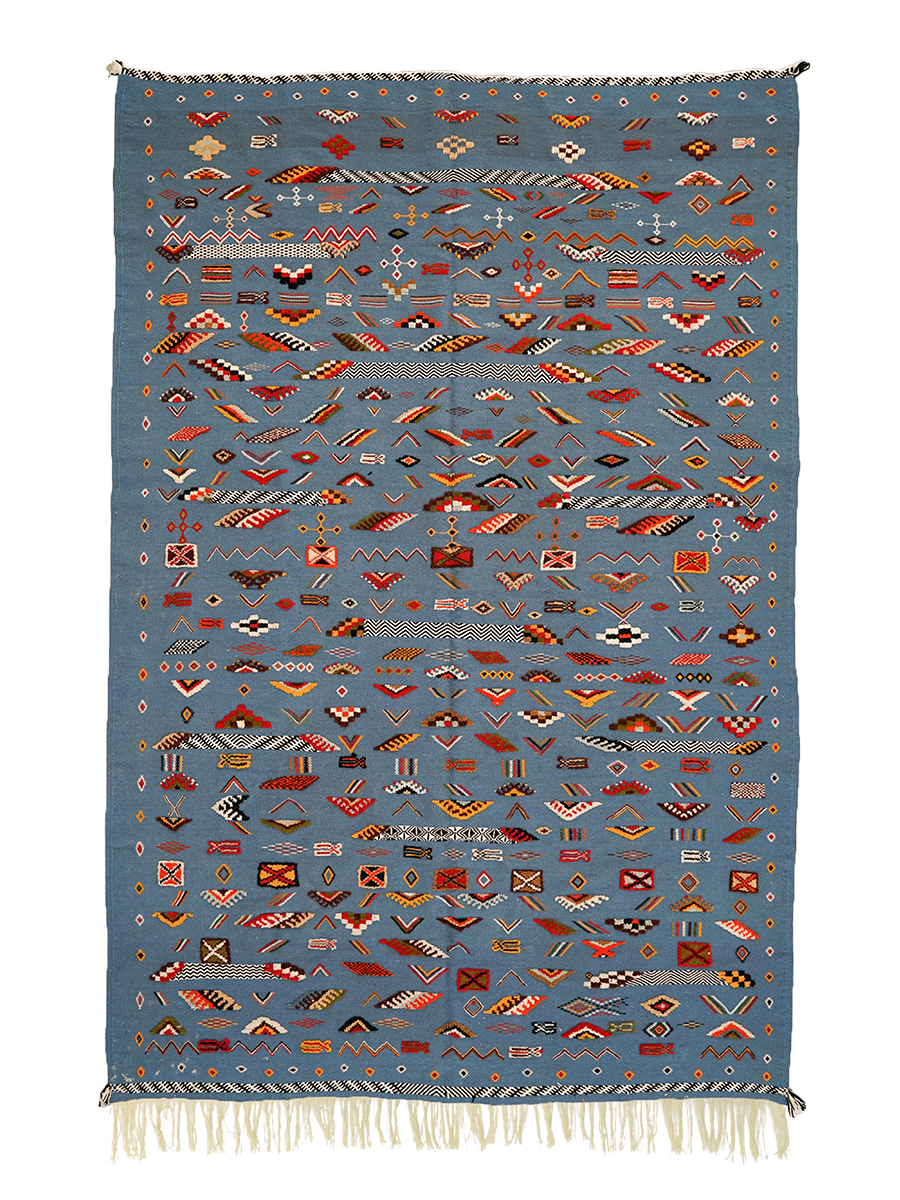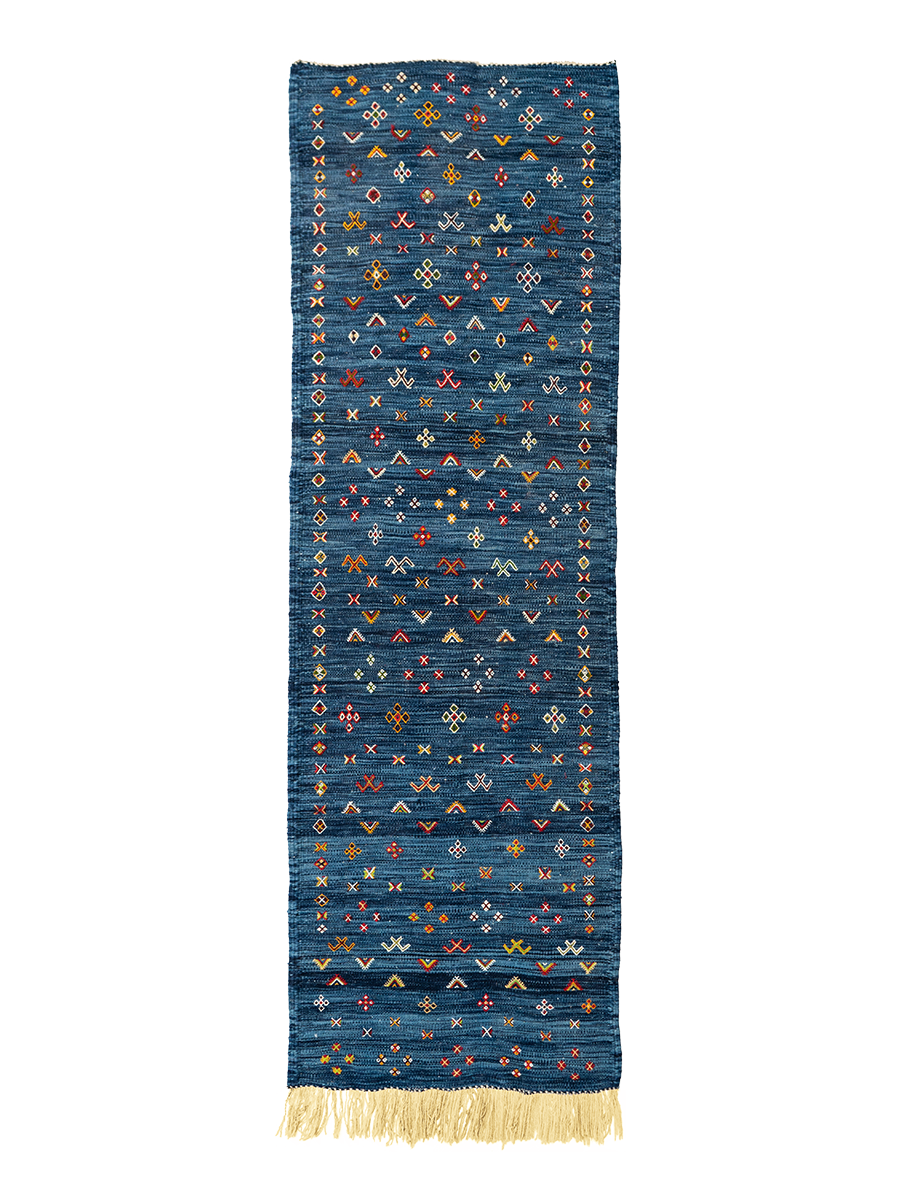Price Transparency
The True Cost
Artisans can easily spend months, or even years, on these pieces, often as they raise children and run households. But when it comes time to sell, the stories behind these textiles are lost to bulk buyers, and the artisans are at the mercy of brokers.
At Salam Hello, we knew we needed to work differently. We make it our mission to meet with every woman selling each piece and they help us understand the time, labor, and story behind the weave.
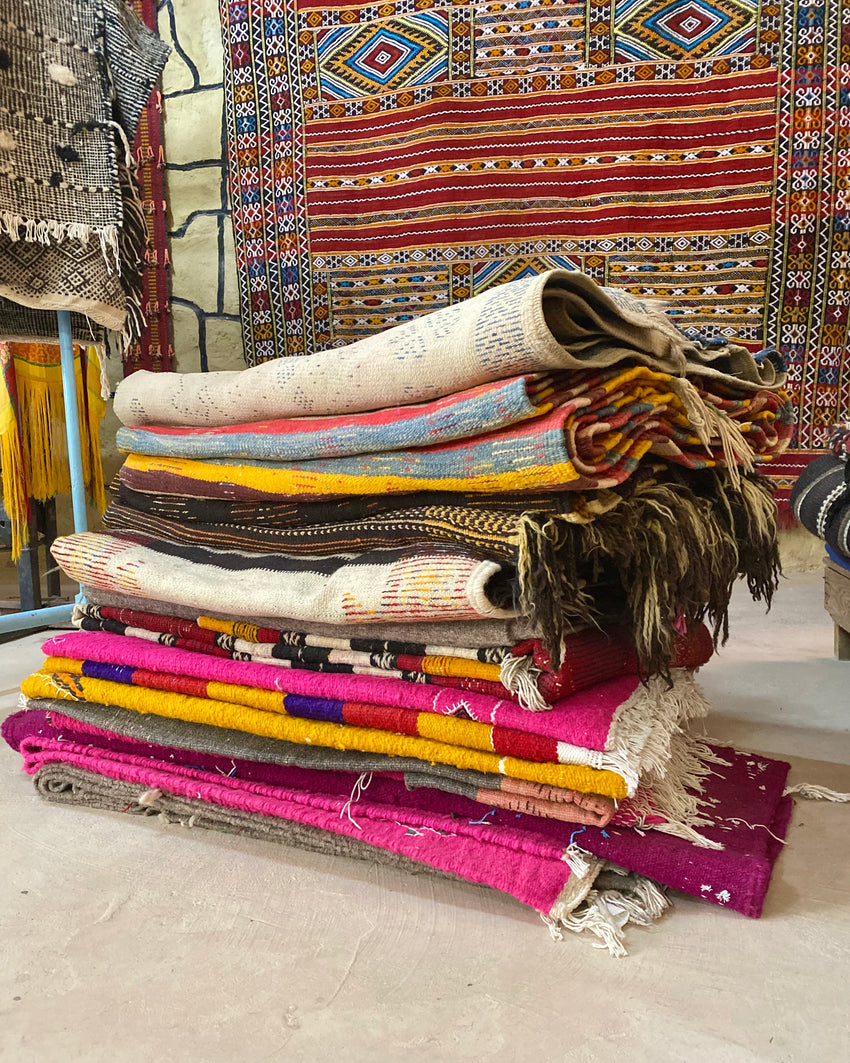
Fair Wages
We have two pricing models with our artisans.
For one-of-a-kind rugs, we never go below an artisan’s first asking price, and we encourage them to raise their prices when we know they’re undercutting their value.
For custom rugs, we've worked with our artisans to determine a set cost per meter for each weave technique. The cost per meter for our custom pieces tends to be higher than our one-of-a-kind pieces, because we use a higher quality of materials—from wool to dye, for our customized rugs.
Traditional Approach
- Artisan
- Broker / Middle-Man
- Souk
- Third-Party Reseller
- You
Our Approach
- Artisan
- Salam Hello
- You
An artisan spends months carefully crafting a rug.
Brokers from the cities visit weaving Villages in rounds, working together to drive the prices down by lowballing artisans repeatedly.
The artisans can either refuse to sell or take a deeply slashed rate.
The brokers return to the major cities with their discounted rugs, and sell them to market vendors with a high markup.
Market vendors add their own markup and sell the rugs to tourists.
Pricing Models
Ready-To-Ship
We meet with the artisans behind each weave to discuss the time and labor behind the piece. We never go below an artisan’s first asking price.
Customize Your Own Rug
For custom rugs, we’ve worked with our artisans to determine a set cost per meter for each weave technique. The cost per meter for our custom pieces tends to be higher than our one-of-a-kind pieces because we use a specific quality of wool and natural dyes for our customized rugs.
